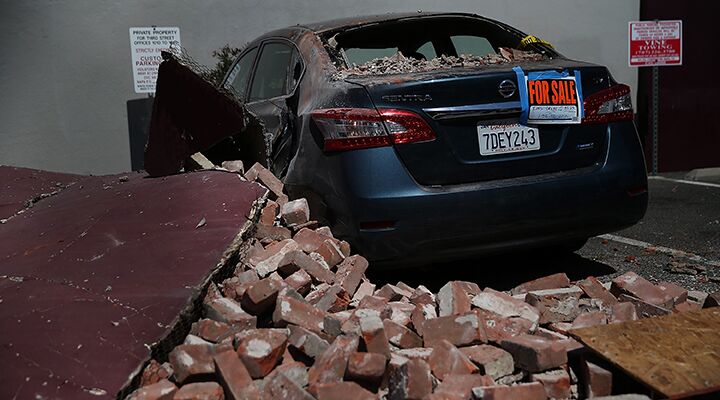
Was the Napa Valley Earthquake Self-Inflicted?
Residents of Napa Valley, California, were jolted in their sleep Sunday morning by a powerful 6.0 earthquake at 3:20 a.m. The earthquake’s epicenter near American Canyon was 6.6 miles deep between the Hayward Rodgers fault line and the Concord Green fault line. The shaking reportedly lasted for 10 to 20 seconds, leading to crushed gas and water lines, power outages, damaged roads and even sparked fires.
This is the largest earthquake in the area since the 6.9 magnitude Loma Prieta earthquake in 1989, which killed more than 60 people, injured over 3,000 others, and buckled the Oakland Bay Bridge.
But what caused Sunday’s earthquake?
According to a study published by the science journal Nature, geologists believe the lack of water in San Joaquin Valley is reducing the weight against the San Andreas fault. This activated a fault line that scientists believe has been dormant for over 1.6 million years.
Considering California is experiencing a record drought, this conclusion has startling ramifications. How many more faults—both active and dormant—could be on the verge of releasing? How many of California’s future earthquakes might be self-inflicted as rising population levels and intensified agriculture draw ever more groundwater resources?
https://www.youtube.com/watch?v=TpenBNcD7fc&feature=youtu.be
Even if the drought doesn’t provoke more earthquakes, falling groundwater levels are causing the ground to sink, becoming a problem for roads and buildings above.
California’s drought is turning into a bigger curse than most people realize.
Why is this state, which used to be so prosperous (and still is to a great extent), experiencing so many problems?
Our booklet “Why ‘Natural’ Disasters?” will explain why these catastrophes are striking California—and why Bible prophecy says more devastating disasters are on the way.
